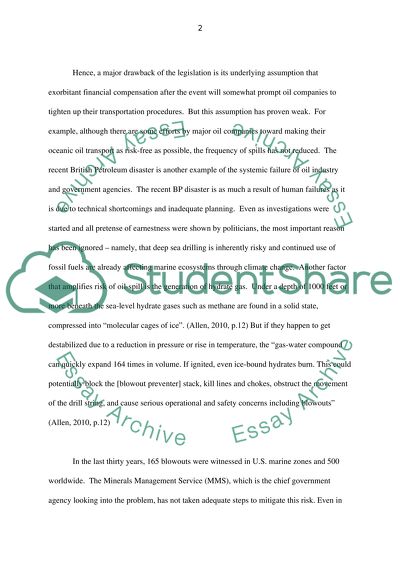Cite this document
(“Oil Spills And Their Affects On Our Beaches Research Paper”, n.d.)
Retrieved from https://studentshare.org/family-consumer-science/1416128-oil-spills-and-their-affects-on-our-beaches
Retrieved from https://studentshare.org/family-consumer-science/1416128-oil-spills-and-their-affects-on-our-beaches
(Oil Spills And Their Affects On Our Beaches Research Paper)
https://studentshare.org/family-consumer-science/1416128-oil-spills-and-their-affects-on-our-beaches.
https://studentshare.org/family-consumer-science/1416128-oil-spills-and-their-affects-on-our-beaches.
“Oil Spills And Their Affects On Our Beaches Research Paper”, n.d. https://studentshare.org/family-consumer-science/1416128-oil-spills-and-their-affects-on-our-beaches.


